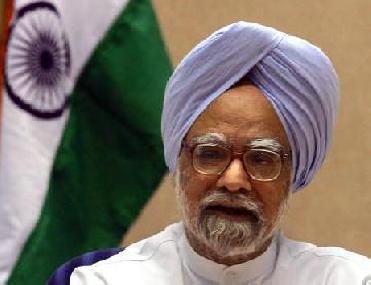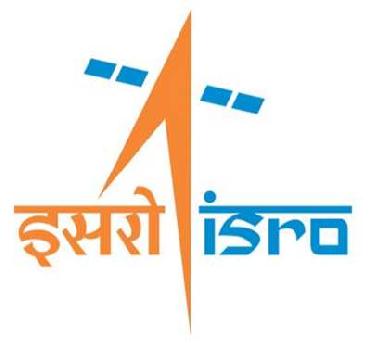
The ASTROSAT will be put into orbit in 2010.
MUMBAI (PTI): India's first science satellite ASTROSAT will be launched in 2010, former chairman of Indian Space Research Organisation Madhavan Nair has said.
The multi-wavelength astronomy mission ASTROSAT on an Indian remote sensing satellite-class satellite in a 650-km, near-equatorial orbit will be launched next year, Nair said, adding it will be launched by the Indian launch vehicle PSLV from the Sriharikota launchpad.
One more satellite 'Aditya' to study Sun's coronal mass ejection (CME) will be launched in two years while the science mission to planet Mars by 2013, the scientist said, while addressing a galaxy of scientists from India and abroad and the student community at the Grand Finale function of Bhabha Centenary celebrations here, which concluded Saturday.
The expected operating life time of the satellite will be of five years.
'Adiyta' will be launched in next two years to study the properties of CMEs –the gigantic bubbles of electrified gas that billow away from the Sun.
CMEs can carry as much as 10 billion tons of solar material and trigger spectacular geomagnetic storms if they hit Earth's magnetosphere.
CMEs, which usually travel at speeds between 500 and 1500 kms per second, take 2 or 3 days to cross the 150 million km divide separating the Sun and Earth.
About India's Mars mission, Nair said various concepts about going to Mars and nearby objects are being looked into and it is at a conceptual stage currently.
“We have the capability and will be using Geo-Synchronous satellite launch vehicle (GSLV) for launching the Mars mission,” he said.
“The ISRO has begun preparations for sending a spacecraft to Mars and discussions are thrown out to find what are the things we have explored in Martian atmosphere,” he said.
Earlier this year, the Union Government had sanctioned seed money of Rs 10 crore for Mars project to carry out various studies on experiments to be conducted, route of the mission and other related details necessary to scale the new frontier.
About Chandraan II mission, he said, “it is going to be one of our flagship missions and is expected to be launched in 2013. Yesterday, ISRO had conducted a review of the instrumentation required for the mission.”
“The design for Chandrayaan-II is ready, which includes an orbiter, lander and rover which will be used to study the surface of the Moon in detail, including the moon magma,” Nair said.
He also explained that last year, ISRO had sent to space a capsule which was recovered after keeping in orbit for 22 days. The Space Recovery Experiment was seen as a technology demonstrator for future manned missions.
He also impressed upon the student community from various colleges that ISRO is actively working on atmospheric science and developing a parallel local weather forecasting system which can predict weather in a specified locality before 72 hours.
The space agency is having a joint venture with France, the Megha-Tropiques Mission (MTM), to study water cycle in tropical atmosphere in the context of climate change, he added. It is a collaborative effort with the French Centre National d'Etudes Spatiales, he said.
 Previous Article
Previous Article Next Article
Next Article












The Indian Air Force, in its flight trials evaluation report submitted before the Defence Ministry l..
view articleAn insight into the Medium Multi-Role Combat Aircraft competition...
view articleSky enthusiasts can now spot the International Space Station (ISS) commanded by Indian-American astr..
view article